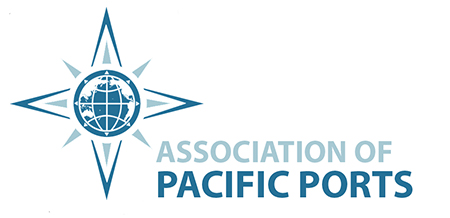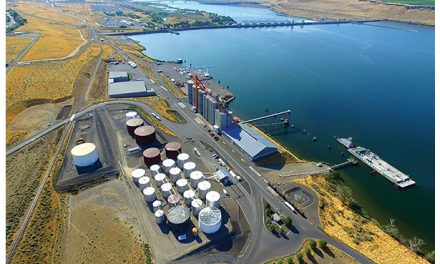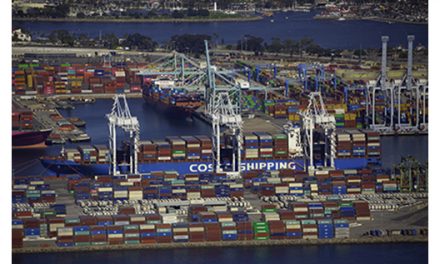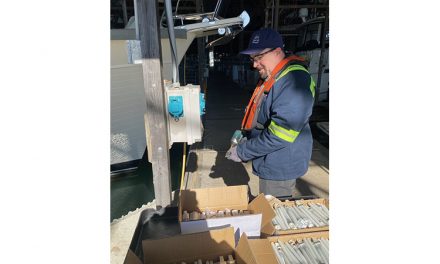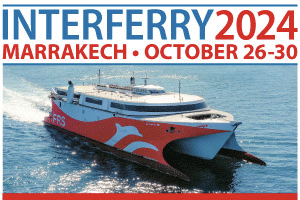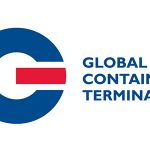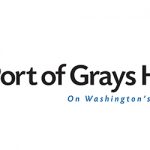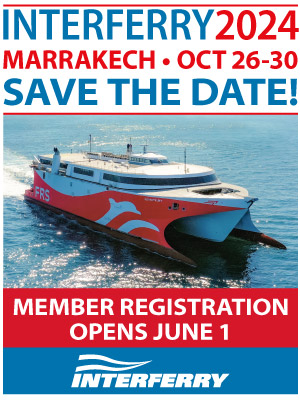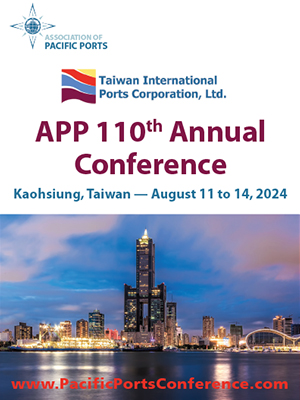GCT Global Container Terminals Inc. (GCT) is the latest terminal operator to join the Association of Pacific Ports. With four terminals – GCT Vanterm and GCT Deltaport in British Columbia, Canada; GCT Bayonne in New Jersey, and GCT New York on Staten Island – GCT’s presence on both the East and West Coasts of North America serves the top container carriers in the world, abiding by the values of ‘safety, pride and professionalism.’ “These are more than just words for us,” Marko Dekovic, Vice President, Public Affairs told the APP as we welcomed them to the Association. “They drive every action, innovation, and success at GCT and are the principles upheld by our leadership, staff, and workforce to provide best-in-class service to our customers and stakeholders.” Indeed, a quick review of their history, current activities and future goals bears this out.
Headquartered in Vancouver, Canada, GCT Global Container Terminals Inc. can trace its history back to 1907 in the Port of Vancouver and 1972 in the Port of New York and New Jersey. The company has three major institutional investor-shareholders with majority ownership in Canada – the Ontario Teachers Pension Plan British Columbia Investment Management Corporation, and IFM Investors based in Australia.
Through it all, GCT has continued to live by its mission and values (safety, pride, professionalism) that have driven their success and led to numerous awards in areas that highlight their commitment to staff, customers, the community, and the environment, including two New York Shipping Association awards for safety, as well as Clean50 Top Project awards and Green Business of the Year awards from the Delta Chamber of Commerce. Having joined Green Marine in 2014, one of the first terminal operators on the West Coast to do so, GCT has exceeded required certification expectations every year. They also became a Climate Smart-certified company in 2018. When it comes to the environment, GCT has demonstrated a consistent dedication to playing a key part in the Vancouver Fraser Port Authority’s goal of becoming the world’s most sustainable port.
Over the last decade, GCT has incrementally increased capacity at all of its terminals and Dekovic expects those efforts to continue. Whether that increase has come in the form of deepening the draft at its berth to accommodate larger ships, as was done at GCT New York, introducing modern equipment, and a comprehensive truck appointment system to improve cargo-handling speed as was done at GCT Bayonne, continued implementation of innovative systems and technology have allowed GCT to increase throughput without expanding beyond existing footprints. And while capacity has increased with each project, emissions have been reduced and impacts on the surrounding environment mitigated.
GCT’s two Canadian terminals have also undergone significant modernization projects in recent years. In 2019, GCT announced a $160 million investment to densify and modernize GCT Vanterm. With new modern container handling equipment, an upgraded TOS system, berth side improvements, and two new ship-to-shore cranes, container handling capacity is increasing by approximately 25 per cent within its existing footprint, they not only significantly reduced greenhouse gas emissions but also created about 1,200 new direct and indirect jobs.
In 2020, GCT Canada announced the completion of the final two tracks of the GCT Deltaport Intermodal Rail Yard Expansion Project, making the terminal the most efficient and capable ship-to-rail discharge facility in the world. The Project is the second, $300 million privately funded stage of the multi-phased expansion Deltaport Terminal Road and Rail Improvement Project (DTRRIP), a collaboration with the Vancouver Fraser Port Authority and the Province of British Columbia. The densification approach to this project demonstrates GCT’s commitment to increasing capacity within its existing footprint and minimizing operational and environmental impacts on the surrounding community.
GCT Canada has also been advancing its way through the regulatory process for the GCT Deltaport Fourth Berth Expansion (DP4) project, a sustainable, phased, and privately-funded incremental expansion of the existing footprint to add a fourth berth, delivering capacity when needed while minimizing impacts on neighbours, environment, Indigenous fishing grounds, and the workforce. The project would increase capacity at the terminal by two million TEU per annum.
In welcoming GCT to the Association, we look forward to sharing more of their best practices and innovations that highlight their leadership in the many aspects of terminal operations.
About GCT Terminals:
GCT Deltaport, Canada’s largest container terminal in Canada’s largest port, is an 85-hectare (210-acre), state-of-the-art terminal supported by an 1,100-metre (3,609-foot) contiguous berth, 12 ship-to-shore cranes, capable of welcoming the largest transpacific container vessels calling on the tradelane. GCT Deltaport boasts a seamless ship-to-rail transfer with 8,334 metres (27,350 feet) of on-dock rail.
GCT Vanterm is a 31-hectare (76-acre) container terminal with 619 metres (2,030 feet) of berth, 7 ship-to-shore cranes, (with 2 new cranes added into service in 2021) a modern fleet of container handling equipment, and an on-dock intermodal rail yard with nine tracks totaling 2,962 metres (9,600 feet).
GCT’s East Coast operations were established first with GCT Bayonne in 1972, and then with GCT New York in 1995. GCT Bayonne, designed to service the largest vessels operating on its tradelane, sits on 67.6 hectares (167 acres) with an 823-metre (2,700-foot) berth and a 15.2-metre (50-foot) draft. It is one of the most technologically advanced facilities in North America, boasting the highest productivity in the New York/New Jersey harbor. The new GCT Bayonne ExpressRail Port Jersey provides fast, seamless connections to inland destinations across North America.
GCT New York operates on 85 hectares (210 acres) with a ship berth length of 918.1 metres (3,012 feet) and six ship-to-shore cranes, 24 paperless, computerized truck gates (and the first on the East Coast to introduce a comprehensive truck appointment system), and a dedicated rail service.
